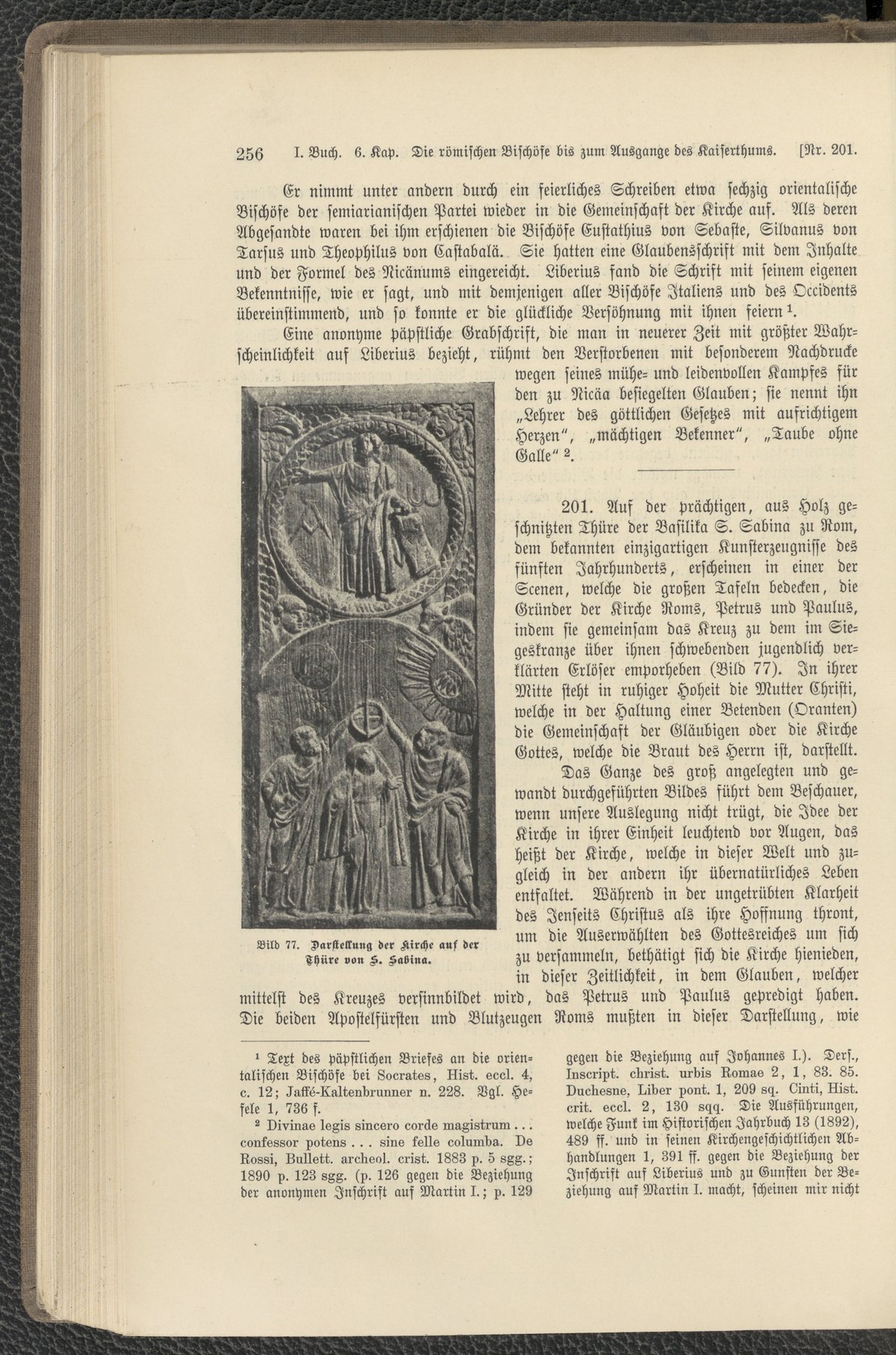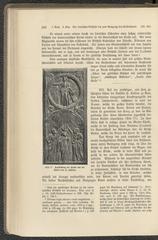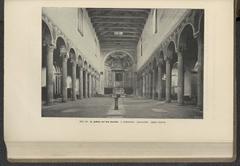
Basilica of Saint Sabina Visiting Hours, Tickets, and Rome Historical Sites Guide
Date: 14/06/2025
Introduction
Perched atop Rome’s picturesque Aventine Hill, the Basilica of Saint Sabina (Santa Sabina) ranks among the city’s most significant and best-preserved early Christian monuments. Built between 422 and 432 CE during the pontificate of Pope Celestine I, this basilica is renowned for its austere yet elegant architecture, its deep roots in Christian martyrdom, and its enduring role as the mother church of the Dominican Order. As a beacon of Rome’s transformation from pagan antiquity to Christian capital, Saint Sabina offers visitors a rare opportunity to experience the spiritual and architectural heart of early Christianity. Whether you seek historic insight, architectural marvels, or tranquil reflection, this guide will equip you with practical information for visiting, historical context, and travel tips to make the most of your experience.
For further details, see ItalyGuides, Catholic Shrine Basilica, and the official Rome tourism portal.
Contents
- Introduction and Significance
- Historical Background and Early Christian Foundations
- Architectural Highlights
- Artistic Features
- Visiting Hours, Tickets, and Accessibility
- Nearby Attractions and Travel Tips
- Frequently Asked Questions (FAQs)
- Summary and Practical Advice
- Sources
Historical Background and Early Christian Foundations
Saint Sabina’s origins are intimately tied to the story of its namesake, a wealthy Roman matron who, according to tradition, was converted to Christianity by her servant Seraphia. Both women were martyred in the 2nd century, and the basilica was constructed on the very site believed to have been Sabina’s house (ItalyGuides). The site itself is layered with history: beneath the basilica, excavations have revealed remnants of the Servian Walls, ancient temples, and a sanctuary to Isis, as well as a late Roman domus.
The basilica was commissioned by Peter of Illyria and constructed using spolia—reused elements from earlier Roman buildings, including the 24 marble columns lining the nave. This practice reflected both the practicality and symbolism of Christianity’s triumph over pagan Rome.
In the 13th century, the church became the headquarters of the Dominican Order, founded by Saint Dominic. As the mother church for the Dominicans, it played a central role in the development of Catholic theology and remains the stational church for Ash Wednesday, marking the beginning of Lent (Catholic Shrine Basilica).
Architectural Highlights
Façade and Setting
Saint Sabina stands as a prime example of early Christian basilica architecture. Its brick façade is simple and dignified, lacking the ornate decoration of later periods. The basilica sits within a tranquil neighborhood, adjacent to the Orange Garden (Giardino degli Aranci), and offers panoramic views of Rome (Rome Tourism Portal).
Plan and Structure
The basilica’s rectangular plan measures approximately 56 by 27 meters. The wide central nave is flanked by two side aisles, separated by 24 Proconnesian marble Corinthian columns, originally taken from a Roman temple. The nave ends in a semicircular apse, which would have originally been decorated with early Christian mosaics. The clerestory windows, filled with translucent selenite, bathe the interior in soft, ambient light, creating a serene and contemplative space (Smarthistory).
Bell Tower
The Romanesque campanile, built in the 10th or 11th century, adds vertical emphasis and complements the basilica’s otherwise horizontal lines.
Roof and Ceiling
A key feature is the open-timbered roof, a rare survival from the 5th century, showcasing the basilica’s original construction techniques.
Artistic Features
Cypress Wood Doors
One of the basilica’s artistic treasures is its 5th-century cypress wood doors, carved with biblical scenes. Of the original 28 panels, 18 remain, including the earliest known public depiction of the Crucifixion. These doors are a masterpiece of early Christian woodwork and a highlight for visitors (Atlas Obscura).
Schola Cantorum
The marble choir enclosure, or schola cantorum, in the nave dates to the basilica’s early centuries and is among the oldest surviving examples of such liturgical furnishings.
Apse and Mosaics
Though the original apse mosaic is lost, fragments remain. The current 16th-century fresco by Taddeo Zuccari continues the tradition of depicting Christ among the saints.
Cosmatesque Floor
Medieval renovations introduced sections of Cosmatesque mosaic flooring, adding color and geometric complexity to the otherwise restrained interior.
Visiting Hours, Tickets, and Accessibility
Visiting Hours
- Monday to Saturday: 9:00 AM – 12:30 PM; 3:00 PM – 6:00 PM
- Sunday and Religious Holidays: Closed to visitors or restricted during services
- Mass Times: Morning and evening Masses are held daily; check signage or the official Rome tourism portal for current details
Tickets and Admission
- Entry: Free (no tickets required)
- Donations: Welcome and encouraged to support maintenance
- Guided Tours: Available via local tour operators or by arrangement with the Dominican community; some may include a fee
Accessibility
- Wheelchair Access: The main nave is accessible via ramps; some ancient or cloistered areas may have limited access due to uneven floors
- Facilities: No public restrooms inside; facilities available in the nearby Orange Garden
Visitor Tips
- Dress modestly (shoulders and knees covered)
- Maintain silence and respect worshippers
- Discreet photography is allowed outside of Mass and services
- Plan visits outside of liturgical hours for the best experience
For updated information, refer to Visit Colosseum Rome.
Nearby Attractions and Travel Tips
- Giardino degli Aranci (Orange Garden): Adjacent park with panoramic city views
- Aventine Keyhole: Unique view of St. Peter’s Basilica through the keyhole of the Knights of Malta
- Circus Maximus: Ancient Roman chariot-racing stadium visible from the hill
- Other Nearby Churches: Santa Prisca and Santi Bonifacio ed Alessio, each with unique histories
- Transport: Metro Line B (Circo Massimo station), a 10-minute walk uphill; various bus lines serve the Aventine area; taxis can drop off near the Orange Garden
Frequently Asked Questions (FAQs)
Q: What are the basilica’s visiting hours?
A: Monday to Saturday, 9:00 AM – 12:30 PM and 3:00 PM – 6:00 PM; closed or restricted during services.
Q: Is there an entry fee or do I need tickets?
A: No, admission is free.
Q: Are guided tours available?
A: Yes, both group and private tours are offered by local operators or the Dominican community.
Q: Is the basilica wheelchair accessible?
A: The main nave is accessible; some areas have uneven flooring.
Q: Can I take photos inside?
A: Discreet photography without flash is generally allowed outside of services.
Q: What other attractions are nearby?
A: The Orange Garden, Aventine Keyhole, and Circus Maximus are all within walking distance.
Summary and Practical Advice
The Basilica of Saint Sabina is a living testament to Rome’s early Christian heritage and a masterpiece of sacred architecture. Its historical layers—from ancient Roman origins to its pivotal role in Catholic liturgy—make it a profound destination for reflection and exploration. With free admission, accessible visiting hours, and proximity to other major sites, Saint Sabina is ideal for both quiet contemplation and immersive sightseeing. To make the most of your visit:
- Check current opening times before your trip, especially during special events or Jubilee years
- Dress appropriately and maintain a respectful demeanor inside the church
- Pair your visit with nearby attractions on the Aventine Hill for a rewarding day in Rome
- Consider a guided tour to deepen your understanding of the basilica’s art and history
For additional details, see Catholic Shrine Basilica, ItalyGuides, and the Rome tourism portal.
Sources
- ItalyGuides: Basilica of Saint Sabina
- Catholic Shrine Basilica: Basilica of Saint Sabina
- Rome Tourism Portal: Basilica Santa Sabina
- Visit Colosseum Rome: Church of Santa Sabina
- Smarthistory: Santa Sabina
- Atlas Obscura: Basilica di Santa Sabina
- Journeys to Italy
- Aleteia: Santa Sabina
- The Catholic Travel Guide
- Wikipedia: Santa Sabina



















































































































































































































































